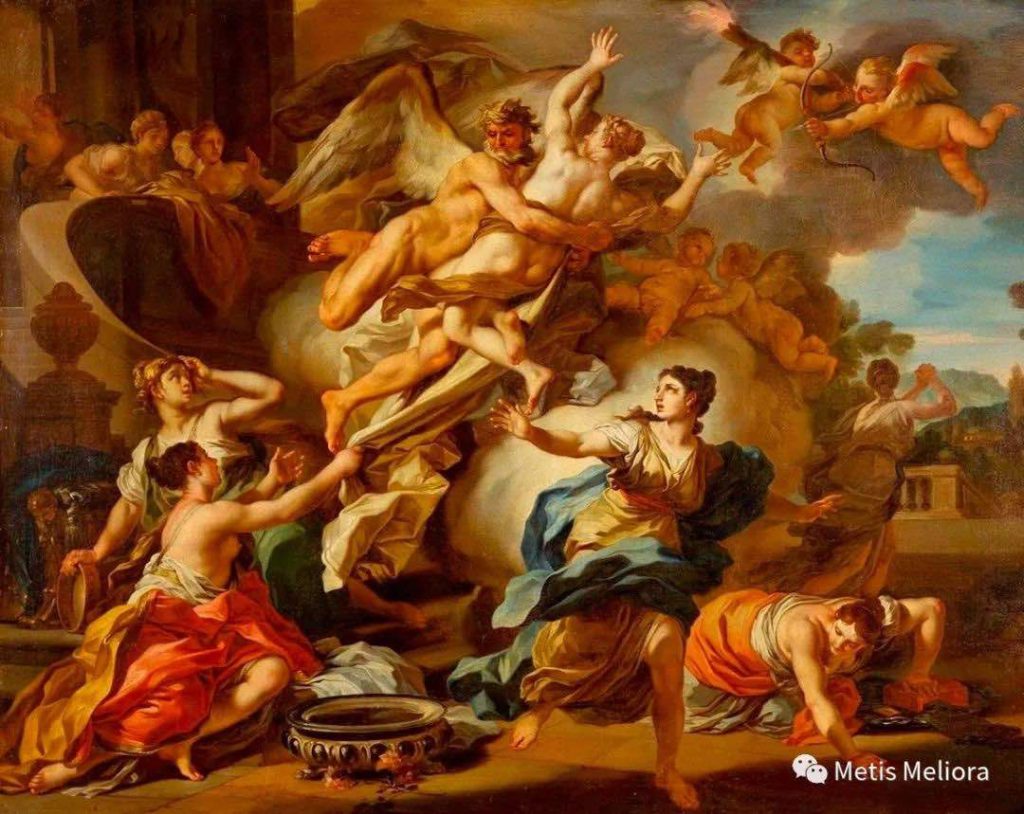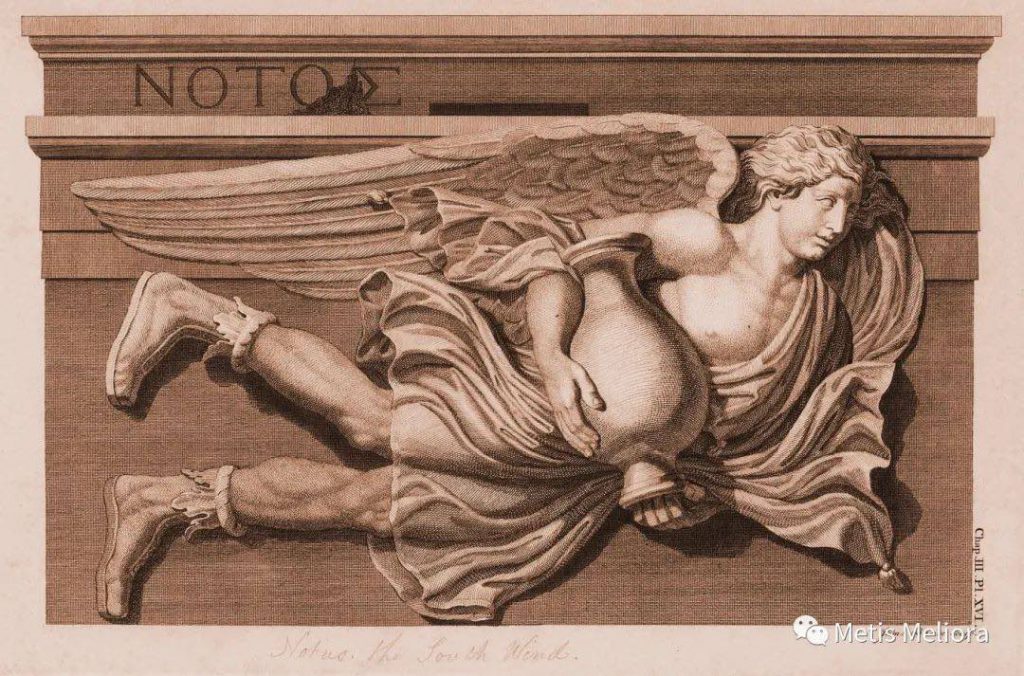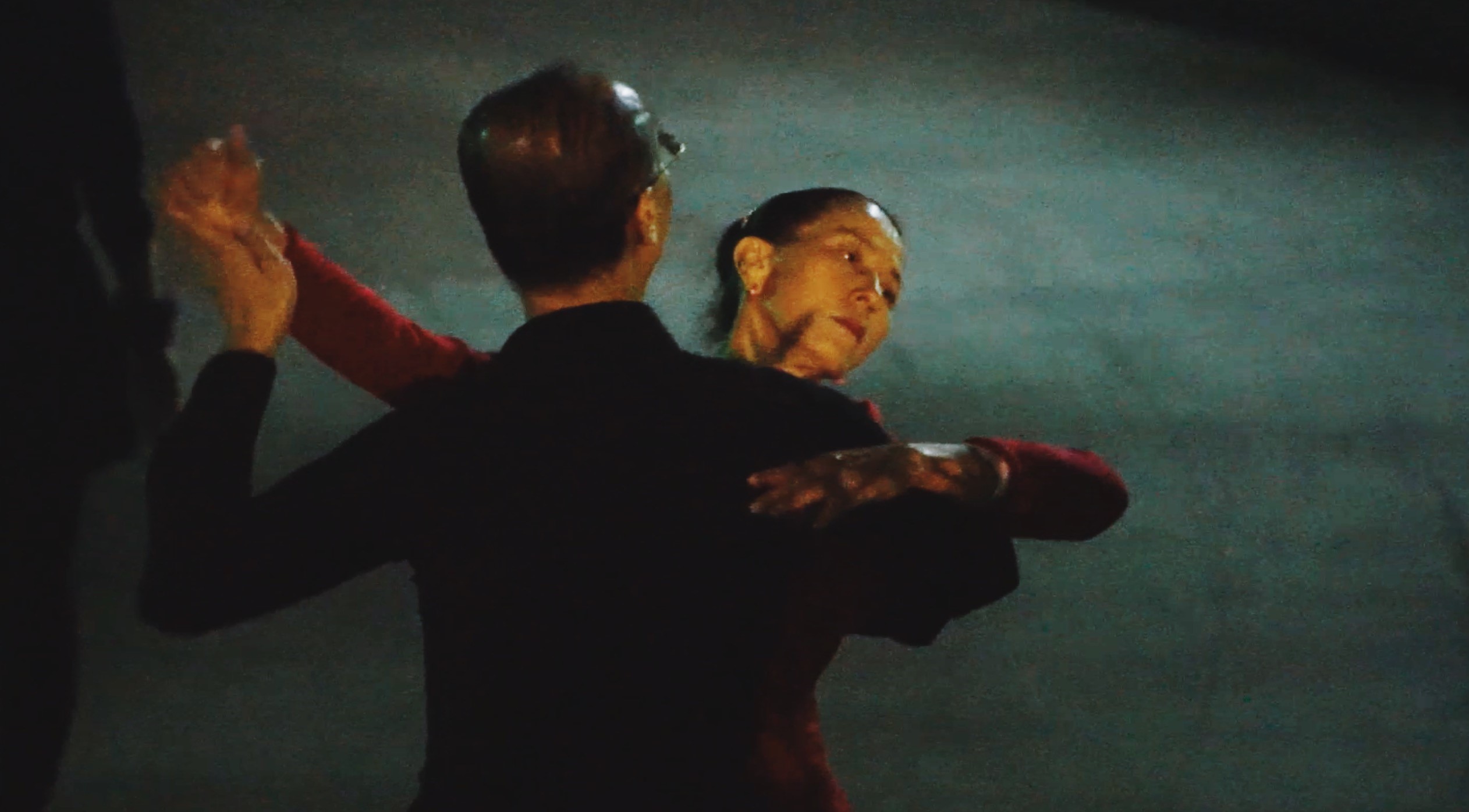Foreword
Boreas, the god of the North wind and winter. In Greek mythology, he sweeps down from the cold mountains of Thrake, and brings the cold with him, chilling the air with his icy breath. As the eldest of the four Anemia, Boreas is shown as a strong, masculine god with a violent temper. In various descriptions of Boreas, he has large purple wings, a bushy beard, and hair with crystal ice spikes on them. In mosaics, he is portrayed to be blowing a gust of wind among the clouds with his cheeks swelling and bright red. These images can also be found in maps of Ancient Greece.
When Boreas looked for a wife, he carried away Oreithya, the Athenian princess. Despite the crime of stealing the princess, Boreas had a positive relationship with the Athenians. When the Persian King Xerxes attacked Athens, with the patron of Boreas, four hundred invading ships were sunk by the strong storm winds. For this, the Greek historian Herodotus, who famously wrote the Histories, credited Boreas for saving Athenians. Around 480 B.C., the worshippers of Boreas began to appear, illustrations showing his followers gradually grew, and a shrine was built for him by the river llisos.

Boreas is sometimes associated with horses. In ancient tales, it was said that Boreas would sweep down the Thrace mountain in the form of wind upon mares. The mares would then mate with others, and breed the swiftest horses ever seen. Once, Boreas took the form of a stallion and flew over the mares of King Erichthonius of Dardania, giving birth to 12 immortal horses. Eventually, these 12 horses were claimed by Hercules.


Unlike his brothers, Auster, the god of the South wind, was less favored by the Greeks. He was believed to be closely related to the desiccating hot wind of the rise of Sirius after midsummer, and responsible for the heavy and moist winds and for causing misty weather. In modern-day geography, the strong winds, clouds, and rain in southern Europe were caused by him. At the end of summer and autumn, Auster was also feared because of his storms that would sometimes destroy the farmers’ crops. He also wasn’t a well-tempered God.

Auster was one of the Anemoi. These gods were the sons of Eos, the goddess of dawn, and Astraios, the god of the stars (therefore, Auster is sometimes referred to as the Astra Planeta—the wandering stars). In Greek mythology, Auster dwelt in his temple in Aethiopia, the southernmost realm in the geographies of myth. There, just like his mother Eos, he would hold a vase filled with rainwater, and be ready to pour it down any minute.

In classical Greek myths, Helios is often the bystander and watchman in the stories. In the story of Hades and Persephone (see footnote 1), it was Helios, the all-seeing sun, that witnessed the kidnap. And between the drama of the love triangle of Hephaestus, Aphrodite, and Ares (see footnote 2), Helios was the first to discover and report the adultery of Aphrodite and Ares. This was primarily because of the association of Helios with vision and sight, and the setting of the Sun as an all-powerful yet silent watchman, with an omniscient vision from above.
The most famous story where Helios is the main character is perhaps the story of him and his mortal son Phaeton—a story concerning out-of-control sun chariots, and the creation of deserts, the poles, and the Milky Way. One day, testing the limit of his father’s love, Phaeton asked Helios if he could drive the sun chariot for one day, which Zeus did not approve. However, under his spoiled son’s insistence, Helios agreed. But the naïve and arrogant Phaeton could not possibly have the skills to tame the horses. The wild chariot rampaged and ripped and tore and smashed across the sky, blazing a gash, which became the Milky Way. The chariot then began to steer a course that was too low, occasionally hitting the surface of the Earth and causing immense destruction, creating the Sahara Desert and the black skin color of the Ethiopians. As the chariot soar through the two ends of the Earth, the chariot suddenly steered too high up in the sky, causing Antarctica and the Arctic to become kingdoms of ice and frost, without signs of life.

A quote from the play Phaeton written by Athenian playwright Euripides:
“This said, his son undaunted snatched the reins,
Then smote the winged coursers’ sides: they bound
Forth on the void and cavernous vault of air.
His father mounts another steed, and rides
With warning voice guiding his son. ‘Drive there!
Turn, turn thy car this way.”
-Euripides, Phaeton frag 779
When Phaeton came down the sun chariot dizzy and dazzled, waiting for him was the infuriated god Zeus, and a strike from his thunderbolt. The body of Phaeton fell into the Eridanus River, which was later known as the river Po of Italy. His sisters, in grief for his death, transformed into poplar trees to stand by and protect their brother always.
- Article | Sarah Verona
- Photos|Kevin Margaux


















